OM System OM-5 Mark II Review: I Think I’ve Reviewed This Camera Before
Flagship cameras always get the biggest fanfare but it’s often the model that sits right below that gets the most play. These are the cameras made for the enthusiast photographer who does not need the biggest and fastest camera but does want some high-end features at a decent price. Where the OM System OM-1 Mark II is the pinnacle of OM technology, the new $1,200 OM-5 Mark II will probably be the workhorse of the lineup.
However, no camera has ever given me such a strong sense of deja vu before, and by the end of this review, I think you’ll understand why.
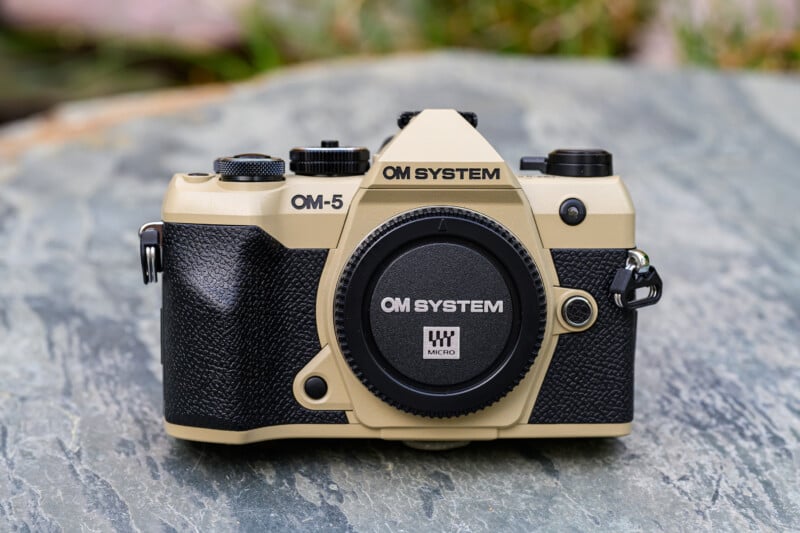
OM System OM-5 Mark II Review: How It Feels
What you cannot miss is the brand-new color that the OM-5 Mark II is sporting. Silver and black make a return, but it is the limited series in striking sand livery that really grabs attention. OM System is pushing hard to market its cameras as outdoor tools for the adventurous hiking and sporting crowd, and this new color is an attractive choice with rugged flair.


Otherwise, the body design is very similar to what has come before it. It has been almost two years since the original OM-5 came out and that particular camera was essentially a rebadged Olympus EM-5 Mark III from a couple of years before that. If it ain’t broke, don’t fix it, I guess, and I do like the compact design and light 14.7-ounce (418 grams) weight of the chassis. The grip has also been ever so slightly bulked up, but I didn’t notice any major practical benefit. However, the painfully out-of-date micro USB port has finally been updated to a modern USB-C design.
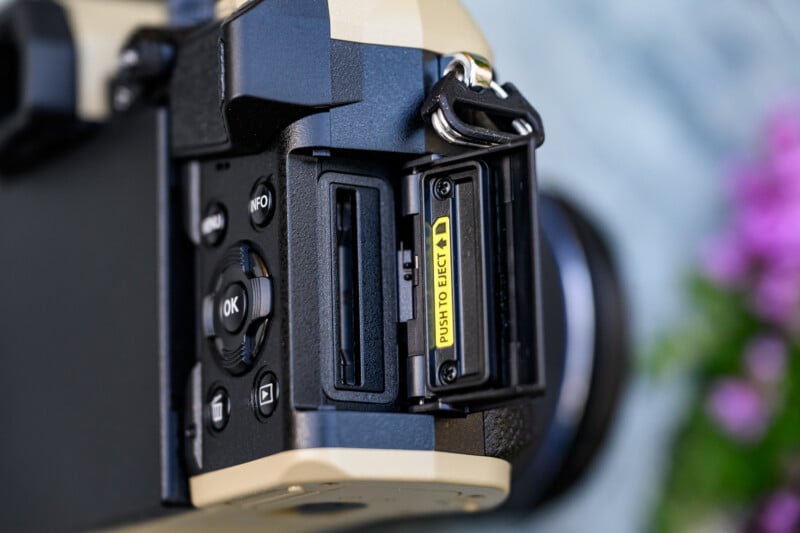
The twin command dials have the same excellent design as before, with sharply cut knurling and excellent implementation. I do wish there were a customizable button on the top of the rear dial, but this remains unchanged. There is still no joystick implemented for setting your autofocus point, but there is pretty minimal real estate to begin with. I do like the AF-ON button placement, and the customizable button controls are plentiful.

We have the same OM System BL-50 battery, which provides a decent 318 CIPA-rated shots on one full charge, and although a microphone jack exists, there is still no headphone jack to speak of. You also get the same 2.36-million dot EVF and just over a million dot, fully articulating back panel. This experience will feel familiar to any existing OM System users because the bodies are essentially the same.
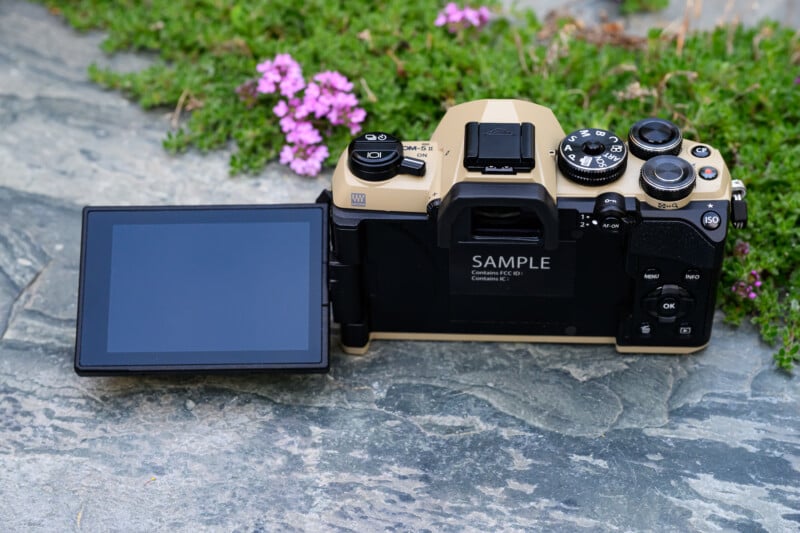
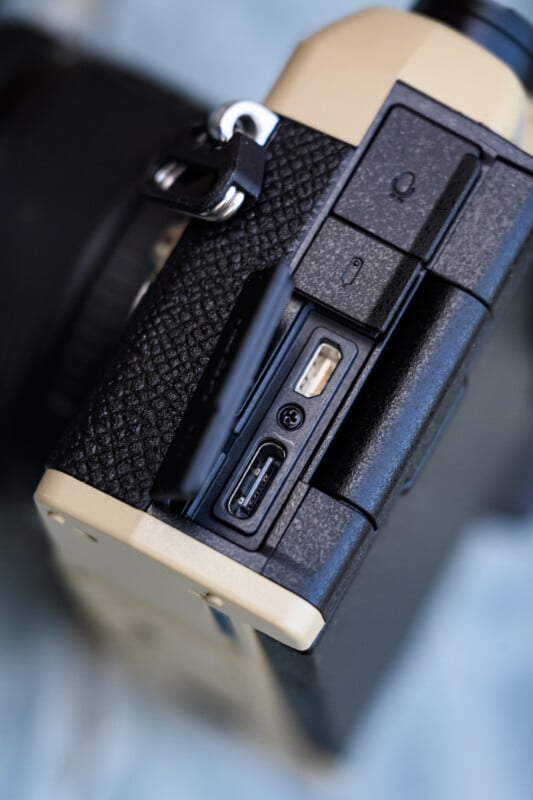
One of the best features of many of the OM System bodies that I am happy to see return is the excellent IP53-rated weather sealing. In an industry where many manufacturers simply state a vague weather sealing claim, the OM System camera can absolutely take a beating. I gave the OM-5 II a couple of dips under a running waterfall, and it was no worse for wear.
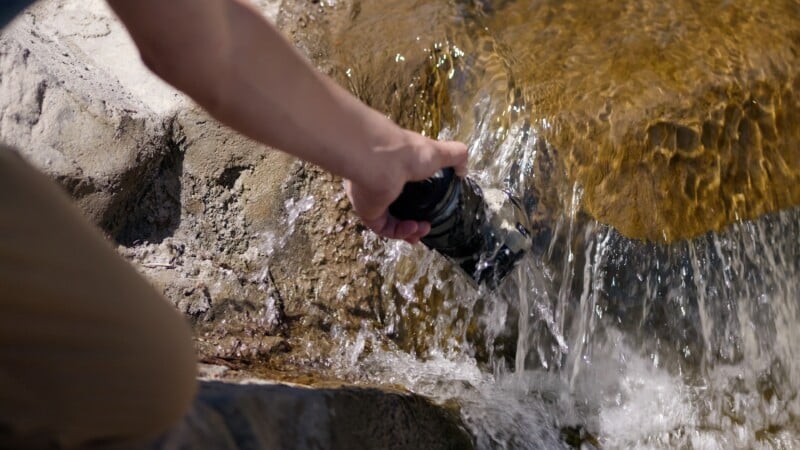
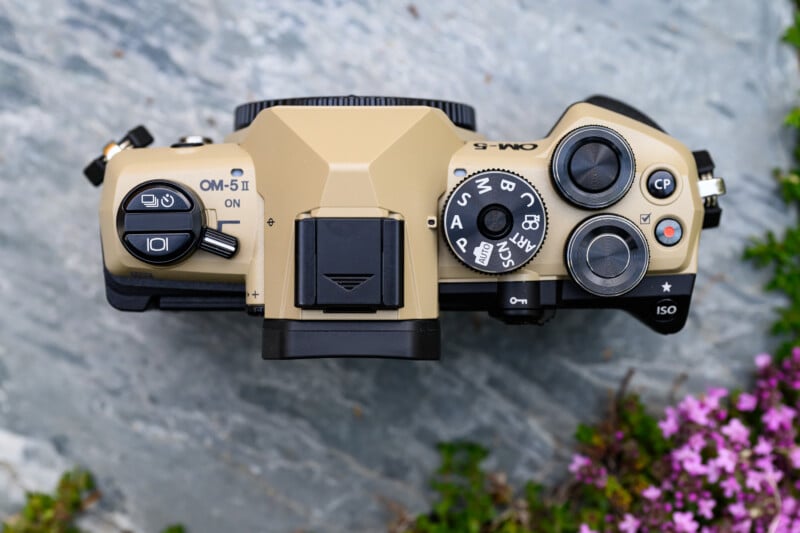
There are a few notable improvements and changes worth exploring, though. The exposure compensation button is now a CP button, which gives quick access to the computational photography modes that OM System is famous for. Of course, this button can be customized back to any number of other functions if desired. There is also the new menu system incorporated from the OM-3, which is vastly superior to the more convoluted older system. This also comes with the “My Menu” function, which lets you build your own custom menu system for frequently used functions.


OM System OM-5 Mark II Review: How It Shoots
It’s not just the body design that makes a return, but pretty much all the internal components as well. We have the same 20-megapixel Micro Four Thirds sensor as before, and the same five-axis in-body image stabilization system. I love the stability of the IBIS unit, which provides anywhere from 6.5 to 7.5 stops of stabilization. There isn’t much room for improvement here. I suppose I also don’t expect OM System to put a newer stacked sensor into this camera either, given the price range it is trying to accommodate. Still, it is hard to get excited about technology which we have now seen for multiple generations without any improvement.



This goes for the computational photography modes too, which bring back the standard live ND modes that peak at four stops of equivalent light loss. There is the same handheld high-res mode, which gives you 50 usable megapixels, or the tripod high-res mode that can push up to 80. There is the same live composite mode and focus stacking features, too. Again, I really love using these unique modes on OM System cameras, and again, they are exactly the same as before. At least we have starry sky autofocusing and a new night vision mode, which boosts the overall exposure in dark situations to make it easier to focus on celestial objects.
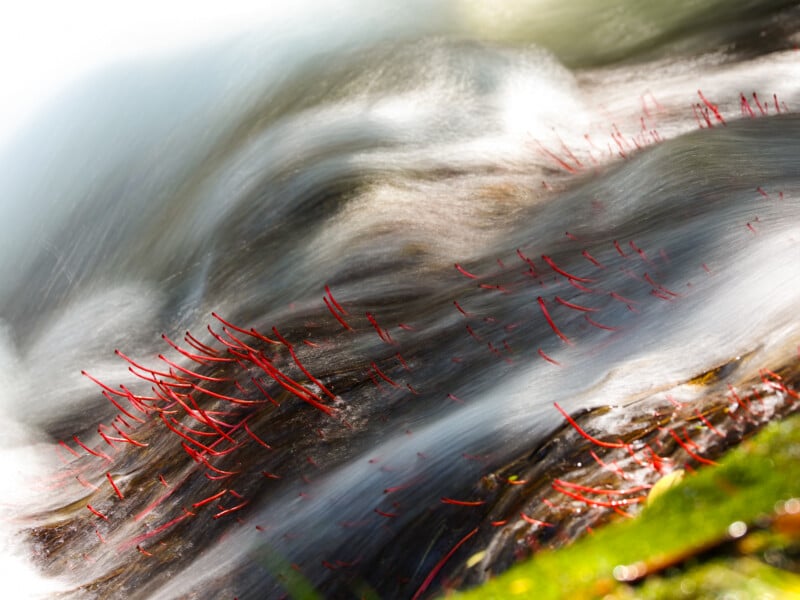
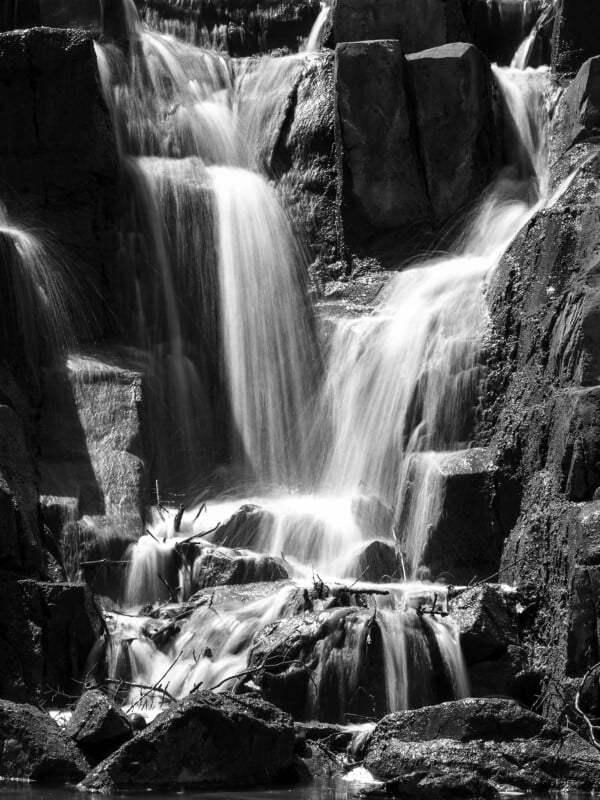

The autofocus performance also hasn’t improved, and this is one area where I think OM System could have pushed harder. The face and eye detection has supposedly been slightly improved, but I didn’t notice much change; this was already quite functional to begin with. However, there are no additional subject detection modes, such as animal detection or vehicle detection modes, either. This might make sense to omit on the OM-10 series of cameras, but a higher-end camera like the OM-5 II should have them.

OM System still suffers from an almost unusable tracking AF mode, so I find myself going back to the old standby of focusing in the center and recomposing or using a larger zone area with continuous focusing. You might think that this is an issue due to the lack of a stacked sensor or a faster processor, but other companies routinely add useful subject detection modes to their more affordable cameras. This makes the autofocusing convenience less than ideal for anything except landscapes and portraits.
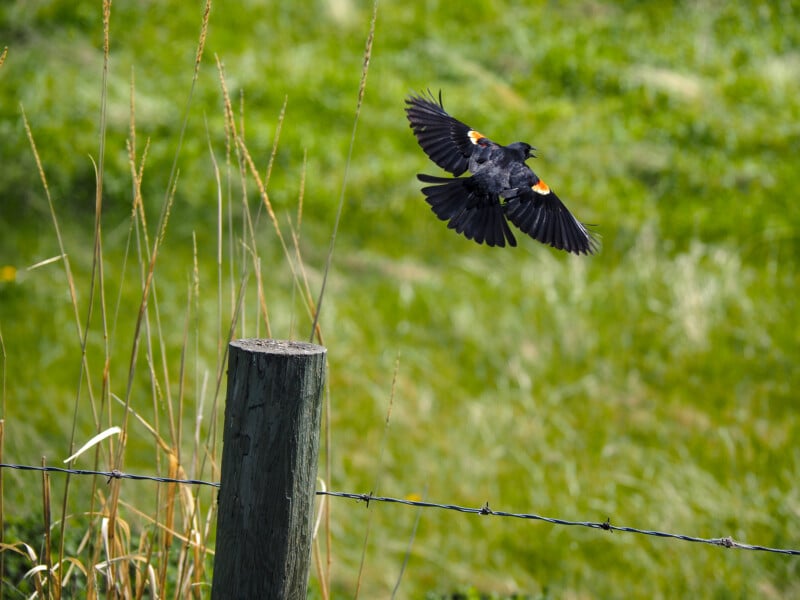
As a video hybrid platform, OM System struggles with its 8-bit video quality, which tends to lack detail, even in 4K modes. We do get OM-Log recording, which gives a healthy boost to dynamic range when grading footage, and OM System cameras can deliver sharp results when using 10-bit record modes. However, the OM-5 II does not support any 10-bit record modes, which means the video will please casual users but lacks the quality to appease more enthusiastic videographers.
OM System OM-5 Mark II Review: Same Old Same Old
I’m a huge proponent of the Micro Four Thirds system, regardless of whether it’s an OM System or a Panasonic product. I would also argue that the recent technological innovations in the Micro Four Thirds system as a whole are a little stagnant. It’s rare to see sensors over 20 megapixels, and it’s rarer still to see appreciable autofocus performance gains until you get to the highest tier of cameras. Even then, any improvements we have seen, year after year, are fairly minor, and I would argue that OM System is more guilty of this than Panasonic.
![]()
![]()
![]()
Where Panasonic can play to the strengths of the smaller sensor as competitive video tools, even versus larger format cameras, OM System instead markets its products to a dedicated cadre of outdoor enthusiasts. This could be a wise strategy given that OM System takes advantage of some key strengths. They make far more stylish and compact body designs that appeal to photographers on the go. They have true weather sealing and effective IBIS units for maximum utility. They also rely on legitimately useful computational photography modes that no one else seems to be capitalizing on.
![]()
![]()
![]()
But this strategy can only work for so long. We need to see some real innovation in the entire product line as a whole, and we need to see some of the higher-end features that do exist trickle down to the more affordable products.
As it is now, every product from OM System feels like either an admittedly sexy redesign of existing internals like the OM-3 or a very minor modernization of existing cameras going back multiple generations now. Currently, OM System still holds its specialized niche — and it is a good thing. Let’s keep in mind that what the OM-5 II does, it does well, and no other camera can quite do what it does for this price either. Kudos to OM System for also keeping the $1,200 price the same as the original OM-5 despite all the current volatility in the industry. However, consumers won’t be appeased by the same old cameras slightly modified for much longer, and OM System may find the hold on its outdoor niche beginning to slip.
Are There Alternatives?
The strength of the OM System is that no one else really tackles the same genre of cameras. This means that the main alternatives are from OM System itself, and are so similar as to give essentially the same experience for less money. A used Olympus EM-5 Mark III or OM-5 would be just as rugged and almost as useful for less.
Should You Buy It?
Maybe. I love the OM-5 Mark II for all its strengths, but these are effectively the same strengths that I loved almost four years and two cameras ago.